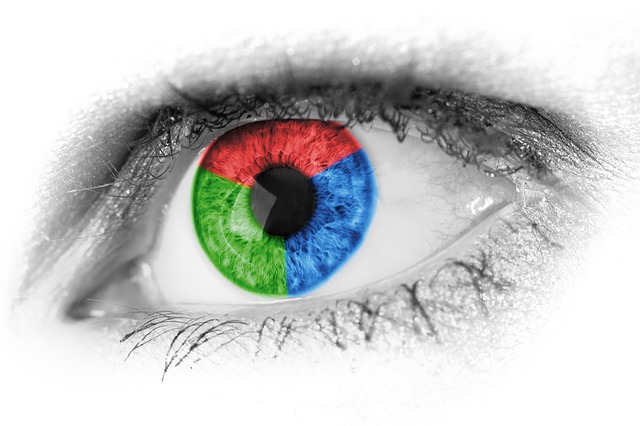See vs Watch
The difference between the words “see” and “watch” is simple to understand once you know the meanings of each word. Both are primarily verbs, but they convey different purposes in their actions. “See” means to perceive or behold while “watch” means to observe. The purpose of seeing is to perceive while the purpose of watching is to observe. The two verbs also have different past participle forms.
What does See mean?
The word “see” is used to mean perceive or behold. The action of seeing is just to perceive without necessarily observing. It can also be used in the sense of distinguishing, as in “I can see that from here” or “I could see the difference.” The noun form of “see” is “sight,” and its abstract noun form is “seeing.” The past participle form of “see” is “seen,” and the verb is irregular.
What does Watch mean?
The word “watch” is used to mean observe. The purpose of watching is to observe rather than just perceive. The abstract noun form of “watch” is “watching.” The verb “watch” is also sometimes used as a noun, and it can be used in the formation of words like “watchman” and “watchdog.” The past participle form of “watch” is “watched,” making it a regular verb.
Key Takeaways
- “See” is used to mean perceive or behold, while “watch” is used to mean observe.
- The purpose of seeing is just to perceive, while the purpose of watching is to observe.
- “See” is an irregular verb with the past participle form “seen,” while “watch” is a regular verb with the past participle form “watched.”
